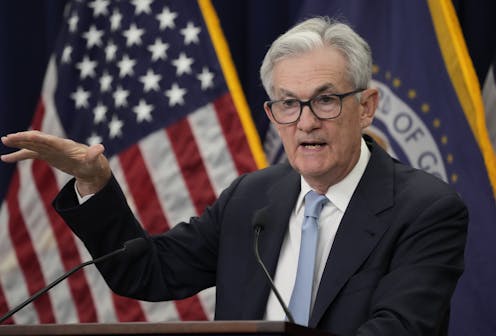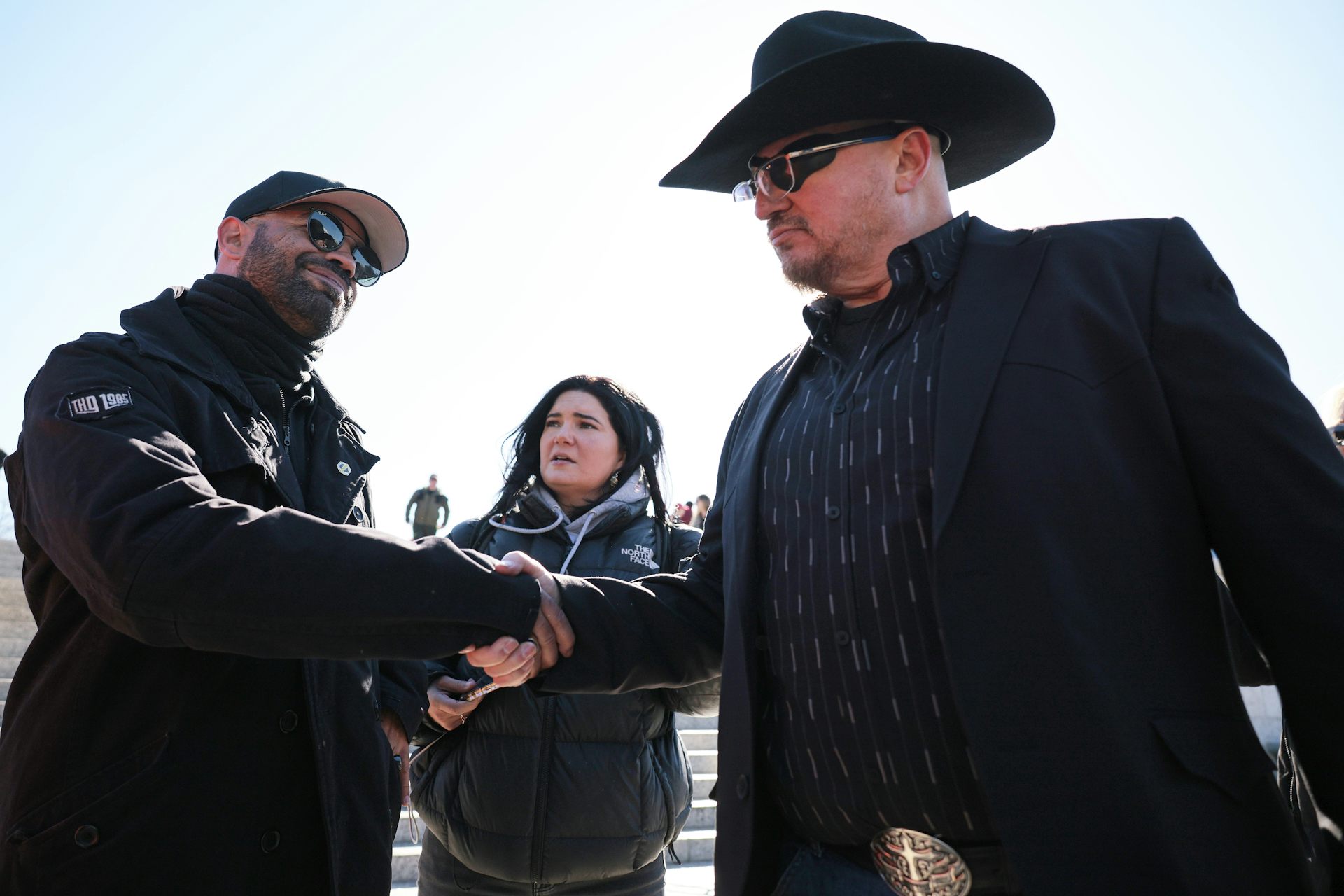Federal Reserve’s ‘soft landing’ goal has become bumpier with rate hike plan hit by bank turbulence
The Fed’s decision to raise rates is likely to put more pressure on regional banks, which will make it harder to avoid a recession.

Federal Reserve policymakers have targeted a “soft landing” for the U.S. economy since beginning their effort a year ago to tame runaway inflation by hiking interest rates. That is, they believed they could do so without sending the U.S. into recession.
But the Fed’s decision to raise rates by a quarter point on March 22, 2023, and modestly lift its projection for how much higher they will go in 2024 does little to ease the growing concerns about the health of regional banks.
As an economist who studies the macroeconomy, I believe this makes the soft landing scenario less likely.
Squeezing regional banks
The Fed’s latest moves suggest policymakers don’t expect the banking sector stress to spill over into the broader economy.
Had it believed so, it probably would have paused its rate hikes entirely.
Chair Jerome Powell, in a press conference following the announcement, assured the public that the banking system is strong, sound, resilient and has ample capital.
But the hike, paired with the acknowledgment of banking sector uncertainty, acts against those very assurances by creating additional stress. It will shrink lenders’ profit margins as the cost of funding continues to rise and tighter credit conditions force banks to dial back on lending.
This will be felt most by smaller regional banks and the communities they serve. Regional banks are a valuable source of credit for small businesses and mortgage lenders. As credit conditions tighten, it is becoming more likely the Fed may have been too aggressive in raising rates over the past year.
And while the Fed has said it stands at the ready to provide liquidity to banks, that won’t stop depositors from moving their money into safer institutions offering higher returns – which increases the risk of further bank runs, similar to those that felled Silicon Valley Bank.
Recession risks rising
In congressional testimony also on March 22, Treasury Secretary Janet Yellen said the U.S. has no plans to provide “blanket insurance” for all deposits regardless of size – the current limit is US$250,000 – after earlier reports suggested that it might do just that.
Markets reacted badly to this news, coming at about the same time as the Fed decision.
Investors such as Bill Ackman worried this will lead to an acceleration of deposits fleeing regional banks.
In the end, I believe the rate hike will cause more harm in the banking sector than the Fed anticipates. And this reduces the likelihood of a soft landing – and increases the odds of recession.
Ryan Herzog does not work for, consult, own shares in or receive funding from any company or organization that would benefit from this article, and has disclosed no relevant affiliations beyond their academic appointment.
Read These Next
West Coast levee failures show growing risks from America’s aging flood defenses
Levees protect more than 7 million buildings in the US today, yet they got a D-plus grade in 2025. A…
LA fires showed how much neighborliness matters for wildfire safety – schools can do much more to te
Managing fire risk is about more than regulations and rules. It’s also about caring for neighbors…
Has the Fed fixed the economy yet? And other burning economic questions for 2026
As 2026 begins, uncertainty is at the top of everyone’s mind.






